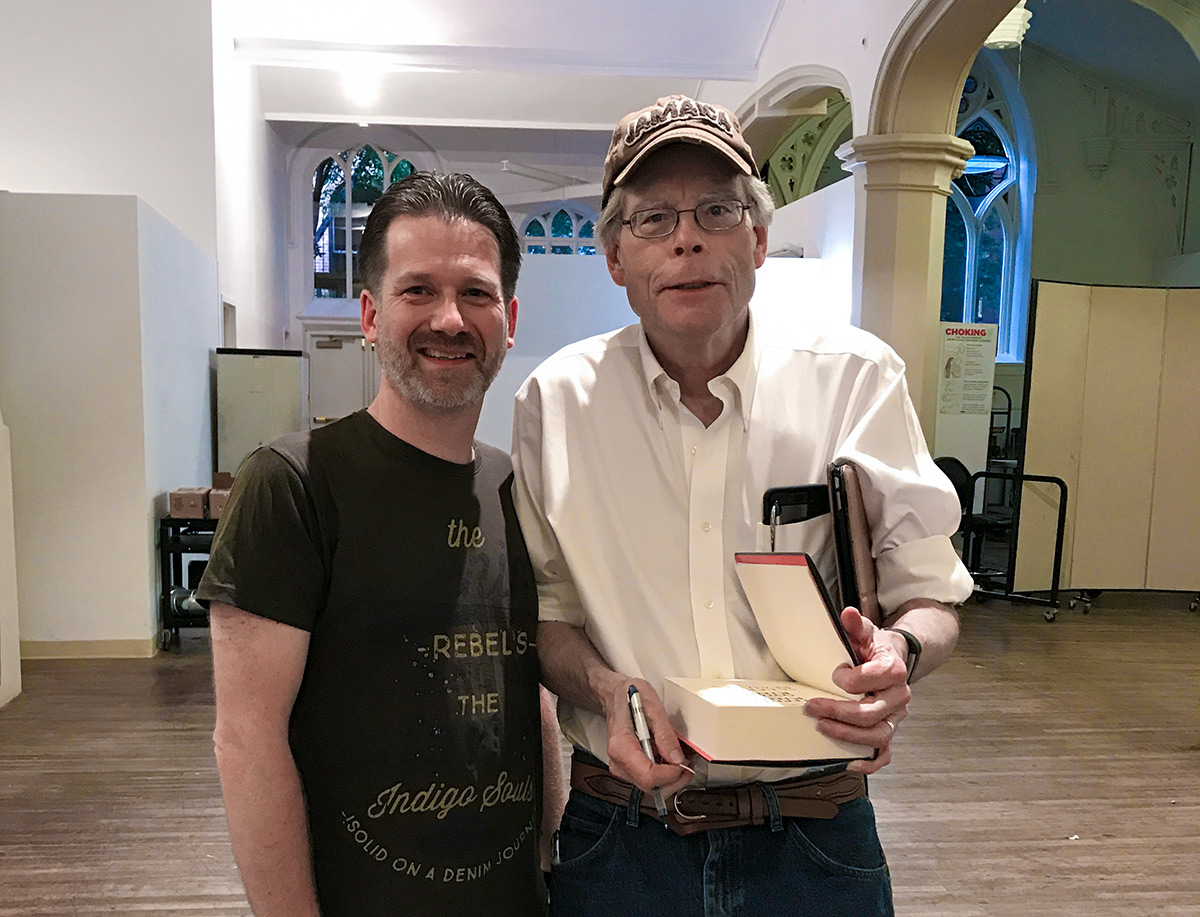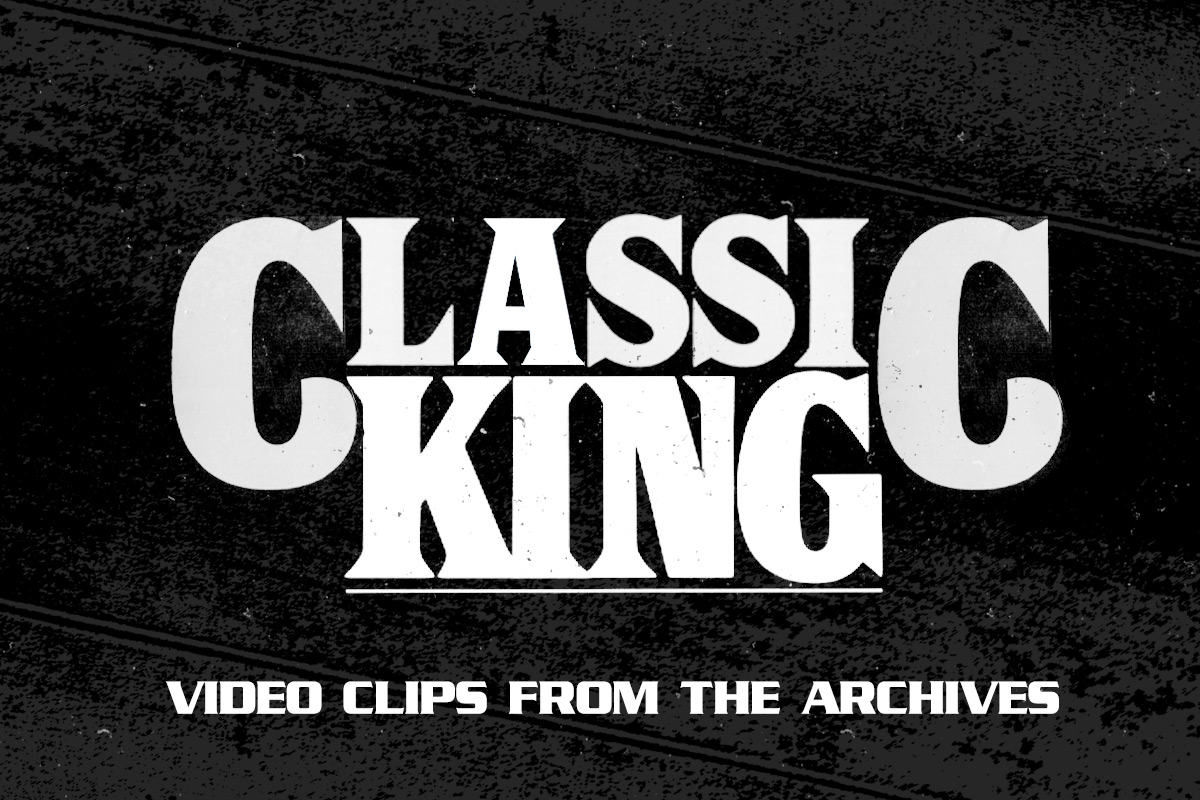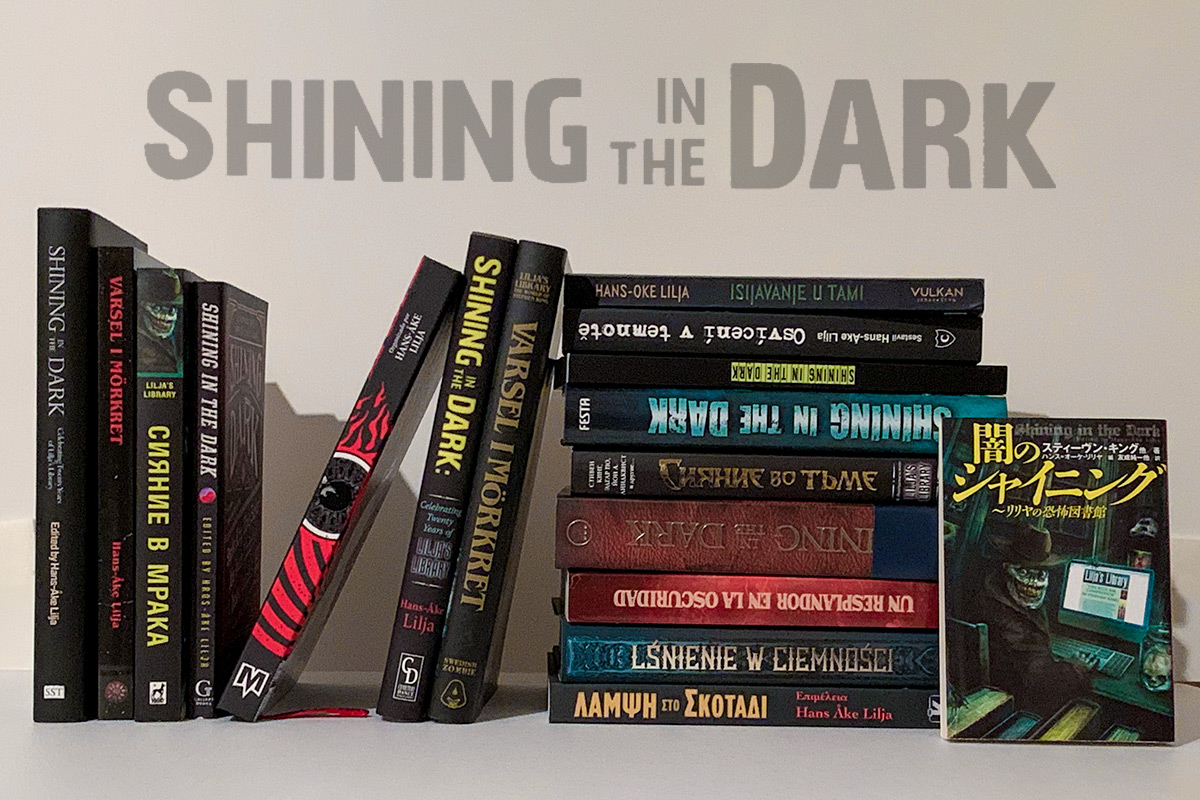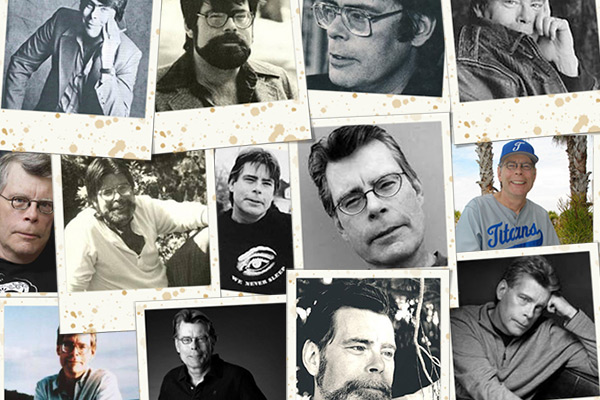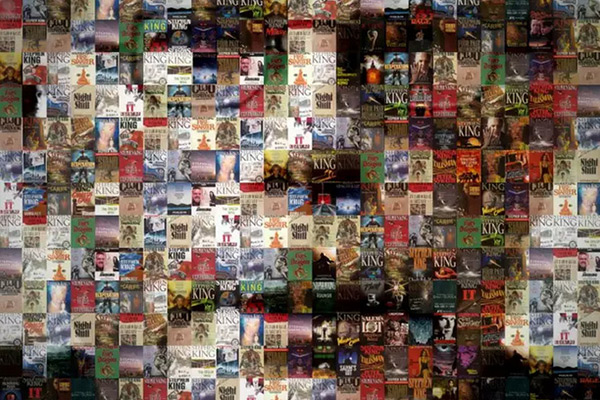Matthew Diffee
Posted: November 12, 2009
_
 Matthew Diffee is the one responsible for the gorgous illustrations of the different characters in King’s latest book Under the Dome. I got a chat with him and here is what he had to say.
Matthew Diffee is the one responsible for the gorgous illustrations of the different characters in King’s latest book Under the Dome. I got a chat with him and here is what he had to say.Lilja: Could you start by telling me a little about yourself? What have you done before these Under the Dome illustrations?
Matthew Diffee: I mostly do single panel cartoons for The New Yorker magazine. My background is in art and comedy so gag cartooning is the perfect place for me. This Dome project is the first pure illustration job I’ve ever done really. It’s a credit to Mr. King and his editor, Nan Graham for having the vision to bring me into a project like this.
I’ve also edited a couple of books in a series called “The Rejection Collection” which is a compilation of the best cartoons by my colleagues at The New Yorker that the magazine rejected for one reason or the other. In some cases, they’re funnier than the ones they accept. I also produce and host a music and comedy show in New York City called “The Steam powered Hour” and work on a humor blog on The New Yorker’s website at this link: http://www.newyorker.com/online/blogs/cartoonlounge/
Lilja: How did you get the job to illustrate the characters in Under the Dome?
Matthew Diffee: I think it was Nan’s Idea. We had known each other for a couple years and when this project came up she thought of me and asked if I had any interest and of course I had lots of interest. I think they liked the idea that I would be someone who would come at it from a different angle as opposed to someone who regularly works in the horror or graphic novel world.
Lilja: Was it a different job? When an illustrator illustrates a book it’s usually more than just character portraits, right?
Matthew Diffee: I guess so, but the idea of doing only the portraits was in place before I came into it and I thought it was a perfect strategy for this one. It just felt like the right way to go. To fully illustrate moments from the book would be too much I think. It’s a less-is-more approach, which I think is a classy way to do things. It leaves the rest to the reader’s imagination.
Lilja: Can you walk me through the process of creating a character from start to finish?
Matthew Diffee: Well the first step was reading the manuscript, which is huge and utterly absorbing. That was a couple of wonderful weeks. I was constantly amazed that I was getting paid to do this. I made a bunch of notes for each character as I went and I was provided with a compilation of all the visual descriptions by Nan’s office. Beyond that, I just needed to know the characters by their behavior in the story. They’re written so well that it was easy for me to start imagining them in my mind and to know them as “real” people.
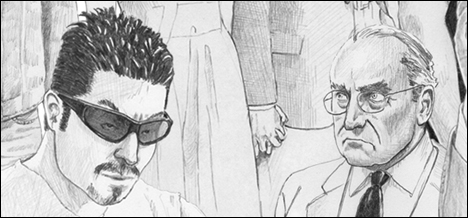
Then I just started sketching what I pictured in my mind. I also went on the internet to grab random pictures. I’d find a nose from one person and a haircut from another and eyes from somewhere else and use them as source material to create the finished sketch of the character. I’ve also been fortunate to spend some time in Maine where the book takes place, so I know something about the people of that area. So then you just keep working on it –changing things and shifting things until you get a fairly finished-looking sketch. After the sketch was approved, then I’d just work up the finished drawing from there. I just used a basic number two pencil. I wanted it to be sort of a workingman’s approach that matches the straightforward tone of the book. It was a big project for me. It varied a lot but I’d say there’s a good twenty to thirty hours in each drawing.
Lilja: Do you usually do portraits? The characters you have done look very realistic!
Matthew Diffee: I certainly did a lot of portraits in my early days and I guess in a way I’m always drawing people in my cartoons. In cartooning you learn the importance of very subtle differences in facial expressions, body language, and even hairstyle and clothing and the way those details can communicate a character type and even the internal world of a character. That came in handy.
As far as the level of realism goes, I thought it was important that the images felt authentic. To me that’s what’s so chilling about Steve’s writing. He’s very good at writing “real” people and places, then exposing them to unreal horrors and I think it’s that contrast that really makes things affecting and gut-wrenching at times. So I wanted the images to feel that way too. Almost like it was a non-fiction story –like in a true crime book or something where you see old, faded photos of the people to whom the events happened.
Lilja: Did King accept (I’m assuming that he approved all of them) all of them at once of did you have to change any of them?
Matthew Diffee: Yeah, I turned in the sketches in two big batches and most of them were approved right away. Steve even commented on how amazed he was at how close the images were to the way he saw them. That’s more a credit to his writing than to my art. Of course there were a few that needed tweaking as we went along, but nothing major. It all happened very easily really. It felt like we were all on the same page through out the project.
Lilja: Do you have a favorite character to draw? Personally I think you have gotten Jim Rennie, SR just right. He looks just like I imagine him in the book.
 Matthew Diffee: That’s great to hear. I hope most of the characters feel right to people, but there’s also something to be said for surprising people a little bit too, provided it’s a good surprise. Hopefully Junior falls into that latter category. I’d never really had the opportunity to draw purely evil people before. So, the bad guys were fun, but some of the other characters I had such fondness for, so that was nice too. Ernie Calvert and Rose Twitchell I liked. And I loved drawing the dog, Horace. He might be my favorite. In a different way it was fun to draw Phil Bushey just because he was such an extreme character and King had described a lot of visual specifics about him even down to what he was wearing. I guess I liked drawing them all. Some I labored over more than others, which probably shows and not in a good way. In the end, I just ran out of time. I’m probably too self-critical.
Matthew Diffee: That’s great to hear. I hope most of the characters feel right to people, but there’s also something to be said for surprising people a little bit too, provided it’s a good surprise. Hopefully Junior falls into that latter category. I’d never really had the opportunity to draw purely evil people before. So, the bad guys were fun, but some of the other characters I had such fondness for, so that was nice too. Ernie Calvert and Rose Twitchell I liked. And I loved drawing the dog, Horace. He might be my favorite. In a different way it was fun to draw Phil Bushey just because he was such an extreme character and King had described a lot of visual specifics about him even down to what he was wearing. I guess I liked drawing them all. Some I labored over more than others, which probably shows and not in a good way. In the end, I just ran out of time. I’m probably too self-critical.Lilja: Is it frustrating that only the once that buy the limited edition of the book will get to enjoy your illustrations?
Matthew Diffee: No, not really. I knew that going into the project, so I feel honored to be involved in adding some of the “specialness” to the special edition.
Lilja: Where you a fan of Stephen King’s books before this?
Matthew Diffee: Oh yeah, I’ve gone through several Stephen King phases in my life going way back to something like the age of fifteen.
Lilja: What’s up for you next? Any new King assignments on the horizon?
Matthew Diffee: At the moment I’m just back to doing my own cartooning which is really where I feel like I do my best work because I do the art part, but also the writing of the jokes which is the bigger part of it for me. There’s not any King plans at the moment, but I’d welcome the opportunity to be involved again. It was a pleasure from start to finish— hard work, but very rewarding and fulfilling, and with people I really enjoyed working with. It doesn’t get much better than that
Lilja: Thanks for chatting with me. It was fun!

